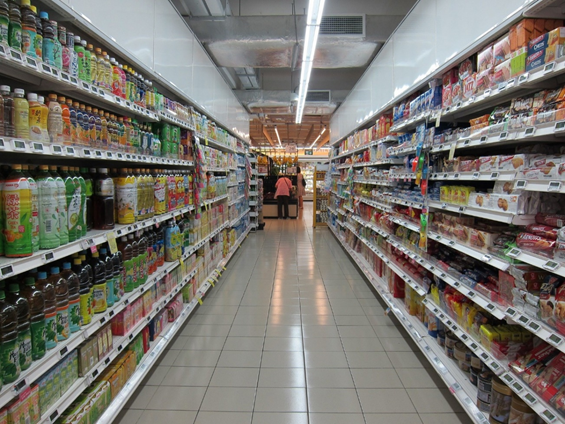Summary
- Expenditure on big items like auto, furniture, building material has dropped due to high prices and supply chain disruption.
- Spending on food, services, clothing, and entertainment activities like theme parks and casinos has gone up.
Retail sales in the US dropped by 1.3% in May as consumers have shunned spending on big items like auto, furniture, and home building materials, the Commerce Department data showed on Tuesday.
Americans spent more on food, leisure, restaurants, and other related goods and services as rapid vaccinations reduced the risk of infection, allowing people to venture out of their homes. The data showed that spending on food and restaurant services rose by 1.8% during the period.

Source: Pixabay
Meanwhile, their expenditure on big-ticket items like auto, furniture, building material, and electronics has reduced by 1.3% during the period, according to the Commerce Department. Economists have attributed this trend to high prices and disruptions in the supply chain. However, people had spent more on big purchases during the pandemic.
Also read: 10 retail stocks to explore as the economy improves
Debit and credit card payments for leisure services increased in May from April. Spending on gyms was up 4% in May compared to the figures in the previous month. Spending on casinos and theme parks and indoor entertainment activities like the bowling alley surged 17% and 9%, respectively.
They also spent on clothes, beauty, and health products in May. This trend is in line with the overall improvement of the economy, offering people the opportunity to shop and participate in health and leisure activities. These items were in least demand during the peak of the pandemic. Another significant change is a reduction in online shopping as people preferred to visit stores.
Also read: Why Inflation right now could add fuel to income inequality
Furthermore, prices of big items have gone due to disruptions in supply change.
The Producer Price Index (PPI) has gone up by 0.8% in May compared to April, according to the Labour Department. Consequently, suppliers may be passing on the costs to customers and businesses, increasing the retail prices. PPI is the price suppliers charge to customers and businesses.
Expenditure on retail is up 28% in May compared to the period last year when the pandemic restrictions were in place. Also, consumer spending was driven by federal stimulus checks, helping the economy to grow by 6.4% in the first quarter of 2021.



